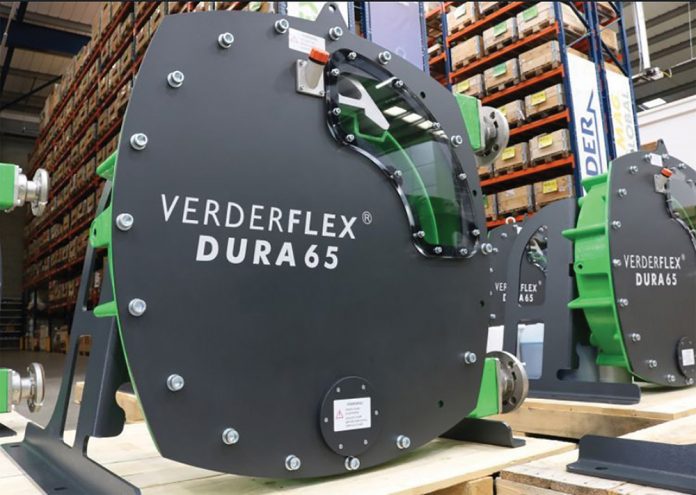Wastewater treatment is 24-hour a day process, with domestic and industrial waste produced at all times of the day. Wastewater treatment is complex multi-stage process, but to meet these requirements many additional processes are needed to treat inflows, dose process chemicals, force particle sedimentation and remove contaminants to make water potable and waste safe for storage.
Pumping problems:
After waste has been screened for large objects such as wood, metal and plastics, flocculants are added so the solids precipitate in the bottom of the tank as sludge. Depending on the incoming liquid stream, additional chemicals may be added to neutralise contaminants or optimise pH levels. Lime, or milk of lime is one of the most widely used chemicals with excellent pH adjustment properties. Unfortunately, it is not an easy product to pump. It requires high line velocities and is highly abrasive, resulting in high rotor and stator wear rates on conventional pumps e.g., progressive cavity pumps. Traditional methods of lime dosing may prove tricky with frequent downtime.
Once the liquid has been through primary treatment, the treated sludge is transported to farms for use as fertiliser, or anaerobically digested to produce biogas which can be sold into national grid networks. A proportion of the sludge is filter pressed and shipped to landfill. Ferric sludge is produced after flocculation and is deposited at the bottom of settling tanks forming a sludge blanket. This sludge can be extremely abrasive, causing stator wear on a traditional progressive cavity pump. This results in needing to increase the pump speed to maintain the flow rate. This increased speed increases suction pressure and reduces the amount of settled sludge content as more water is pulled into the lines, ultimately contaminating the already treated liquid.
Waste water processes also need to verify the quality of the incoming waste stream and use analysers to detect the presence of contaminants or monitor key parameters that impact on downstream operations. Analysers need to be fed with consistent liquid volumes for optimum reporting and subsequent process control. Some pumps used in this application are not able to provide this reliability, so process control is less precise.
The solution – Verder pumps:
The Verderflex range of Dura peristaltic pumps are easy to install and maintain, significantly reducing downtime and minimising disruption. The pumps are extremely accurate and reliable, giving complete control over the treatment process. In the Dura pumps, the product is totally contained within the hose, eliminating the possibility that any moving parts can clog or corrode. This makes a peristaltic pump the perfect choice for pumping high solid content slurries such as lime. In filter press applications, consistent suction reduces water content for drier sludge and lower waste disposal costs. Verder pumps are ideal for this type of application.
In testing scenarios, there are several pumps which could be used to improve the process. The new Verderflex Ds500 is ideal for metering and dosing and can give accurate quantities of liquid time and time again. As standard, the Ds500 is IoT enabled and can be monitored via the Remote Assistant app to provide process reports and updates for auditing purposes. The easy-to-change click and go cartridge can be swapped in a matter of seconds, meaning nasty chemicals are contained.
Pumping wastewater sounds very easy, but often fluid contains long fibres and other abrasive solids. For water treatment a lot of different aggressive or abrasive chemicals are necessary. As a specialist for the water and wastewater industry, we can offer you a lot of different pumps which are designed with treatment works in mind and can handle most of the difficult fluids.
www.verder.co.uk



